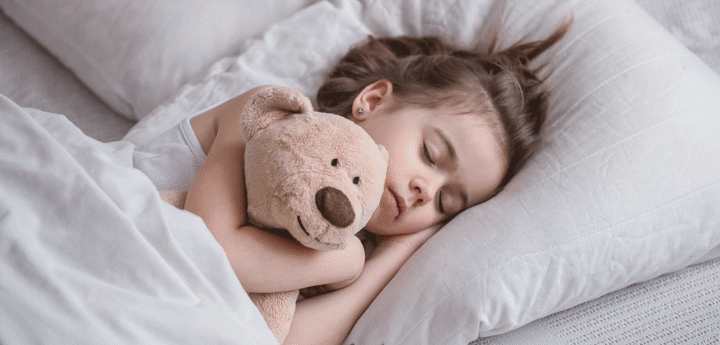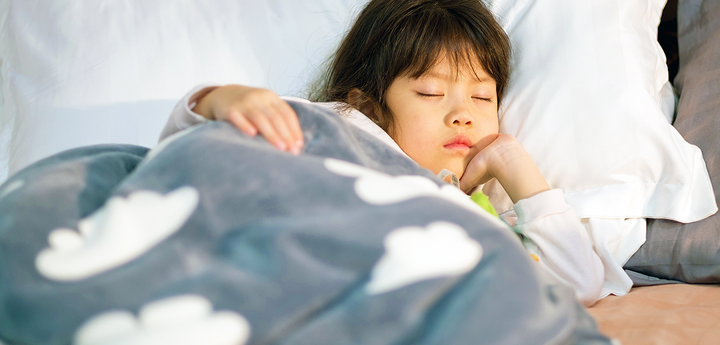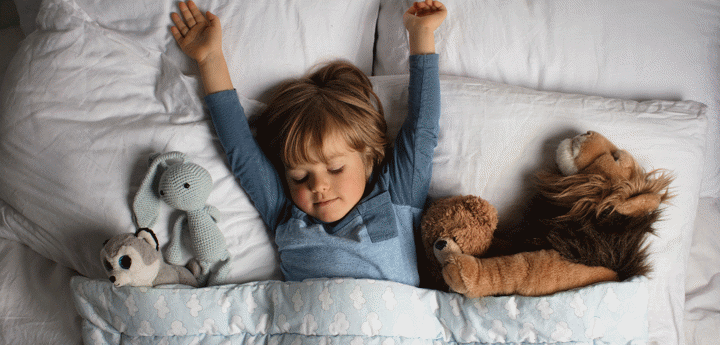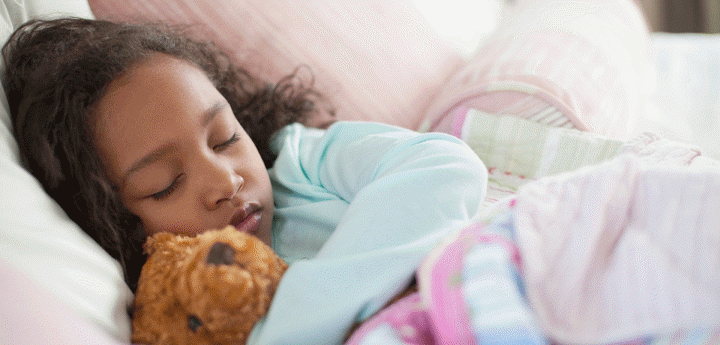Chronic fatigue: Sleep
- SEND
- Sleep
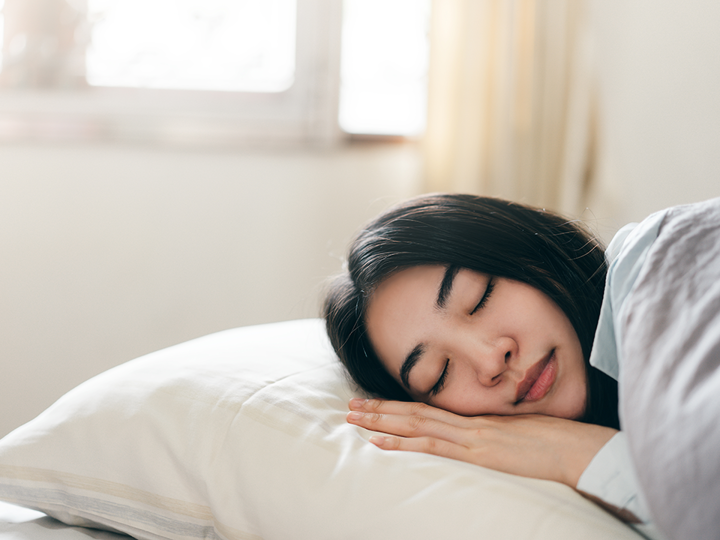
Maintaining healthy sleep habits (also known as sleep hygiene) can help your child or young person to sleep better. People with Myalgic Encephalopathy Myelitis/Chronic Fatigue Syndrome (ME/CFS) often have difficulties with their sleep pattern. They do not feel rested and lack energy when they wake up.
Explore the topics on this page:
How to help your child or young person sleep better
There are lots of different ways to help your child or young person to sleep better. These include establishing a routine and adapting their bedroom environment.
Establish a bedtime routine
To help your child to sleep better, it can help to establish a bedtime routine.
- Wake up and go to bed at the same time - it's important for your child or young person to go to bed and wake up at a similar time each day, when possible. This will help to set their body clock to know when they will be awake and asleep.
- Avoid sleeping during the day - Wherever possible they should try not to sleep during the day. If they really need to have a nap, try not to make it more than 20 minutes.
- Time your evening meal carefully – Trying not to eat too close to their bedtime can help. A light snack shortly before bedtime can help them from being hungry during the night.
- Have a wind down routine before bedtime - Establishing a calming routine can help their body and mind to relax and get ready for sleep. For example, having a bath, listening to music or an audio book, or practising a relaxation session.
- Switch off devices - Try turning off electronics (such as TVs, games consoles, computers, and tablets) 30 minutes to 1 hour before bedtime. The blue light from the screens may keep your child or young person's brain awake for longer. It can also affect the quality of their sleep.
Establish a daytime routine
- Open the curtains in the morning - seeing morning daylight can help set your body clock for the day. It can then help them to sleep at night.
- Exercise during the day - Keeping active can help your child or young person to sleep at night. Try to avoid exercising before bedtime, as this can prevent the body from winding down.
- Avoid caffeine after lunch - Caffeine is a stimulant that prevents sleep. It can cause your child or young person to stay awake for longer and struggle to fall asleep. Caffeine is in drinks such as tea, coffee, energy drinks and fizzy drinks. If your child or young person drinks these drinks, try to limit their intake or avoid them all together after lunchtime.
- Add in rest breaks during the day - Rest breaks during the day can help recharge your child's energy. Try to encourage your child to take these rest breaks away from their bed. This will help them to associate their bed with sleep.
Adapt the bedroom environment for sleep
The bedroom environment is also important for a good nights sleep.
- Encourage them to only use their bed for sleeping - It can be tempting for them to take naps or rest in their bed outside of bedtime. Try to avoid doing any other activities in the bed, such as being on the phone, gaming or doing their homework. It can help to have a separate chair or beanbag to complete these other activities. This will help your child or young person to associate the bed with sleep.
- Dim the lights before bedtime - Dimming the lights and having blackout blinds can help to create a better environment for sleep.
- Keep the temperature at a comfortable level - Try to make sure the room is not too hot and not too cold. They may wish to have their window slightly open to let fresh air in.
- Use comfortable bedding - Experiment with different pillows and duvets to find what's comfortable for your child or young person. This may change in winter and summer.
How to help your child during the night
If your child or young person is still struggling to get to sleep, there are a few things they can do to help during the night:
- Get up for a short time - Sitting comfortably somewhere else for around 20 minutes and doing a calming activity can help. They can then try getting back into bed to sleep.
- Keep a worry diary - If they are worrying whilst trying to sleep, you can encourage them to write their worries down in a notebook.
- Try using relaxation techniques - Suggest they do a relaxing activity that does not involve electronics such as deep breathing, meditation or reading a book.
If your child is awake for long periods of time during the night, they may be starting to experience sleep reversal. Speak to your GP who can offer support and may refer you to our service.
Last reviewed: 30 December, 2024

